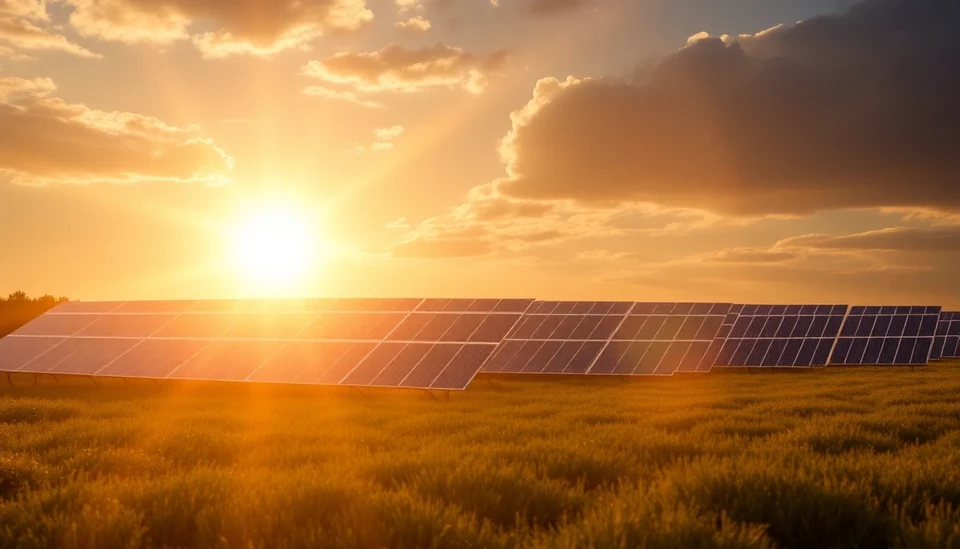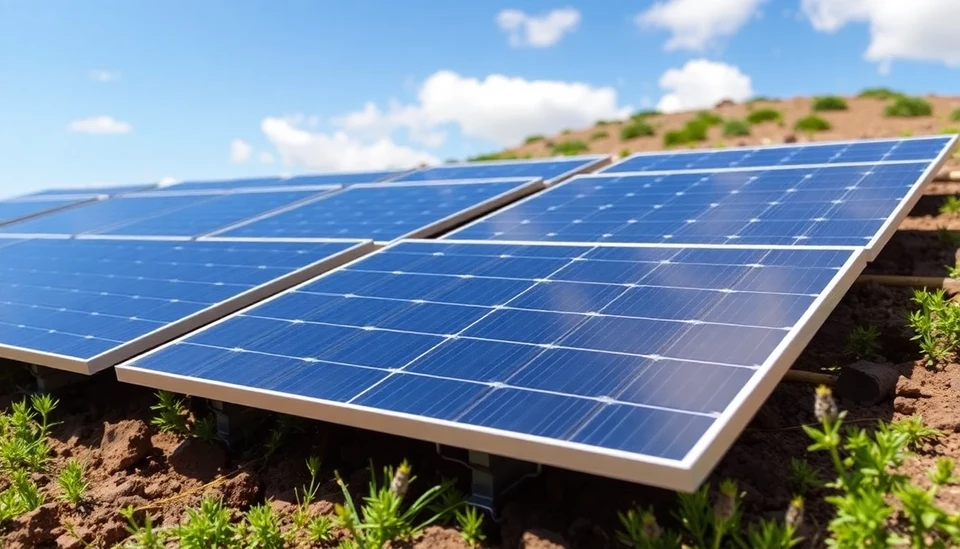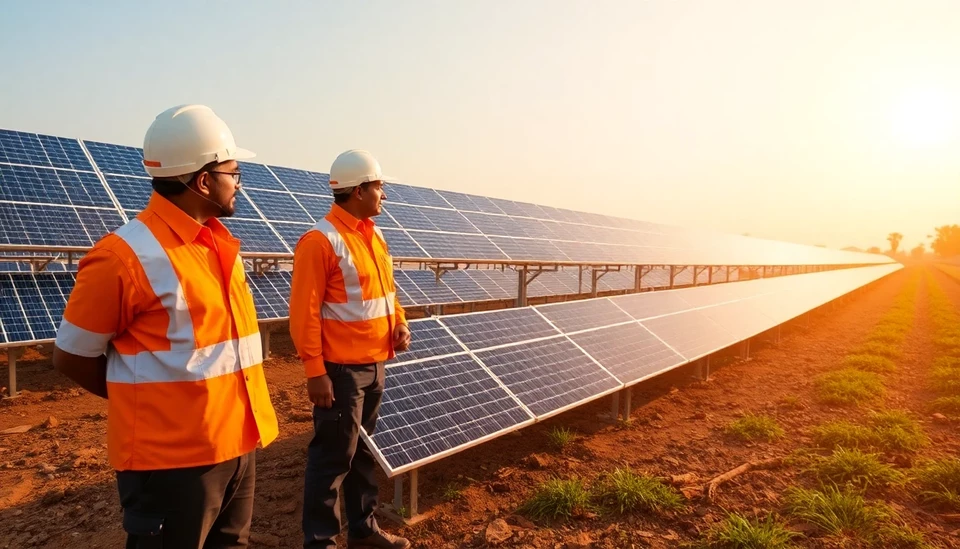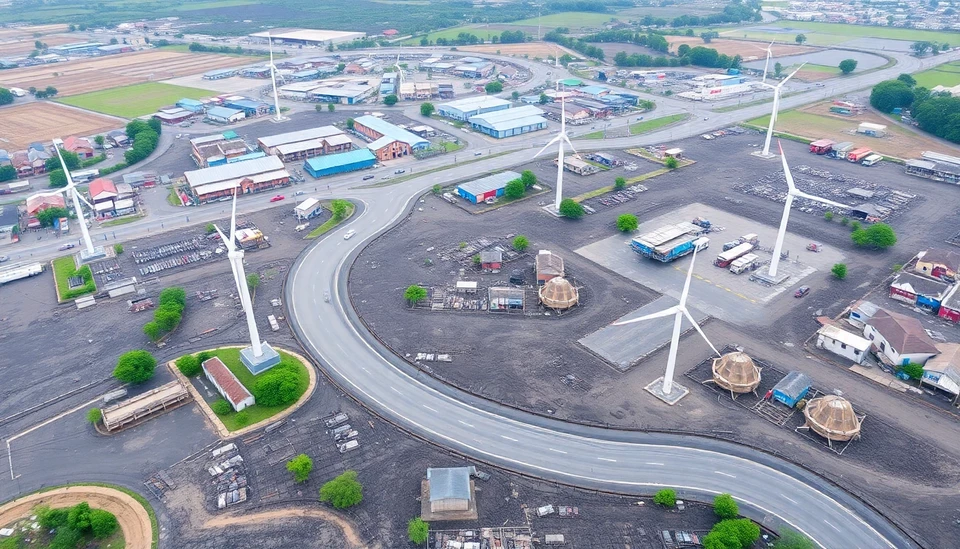
As Europe transitions to a greener future, the solar power sector is experiencing a remarkable surge, intensifying both opportunities and challenges across the continent. With more countries committing to ambitious renewable energy targets and solar technology advancements, the season for solar energy production is rapidly evolving, bringing unprecedented changes to the energy landscape.
This solar season is particularly noteworthy for its disruptive potential. The heightened generation of solar energy is making waves not just in the electricity markets but also in policy discussions and environmental considerations. In many parts of Europe, solar installations have reached new heights, significantly increasing the share of solar in the energy mix. This shift is expected to lead to higher electricity production, especially during peak sunlight hours, drastically altering consumption patterns.
Countries like Germany and Spain are at the forefront, witnessing an unprecedented increase in solar capacity. This growth is attributed to favorable weather conditions, coupled with governmental incentives aimed at reducing carbon emissions. Additionally, advancements in solar panel efficiency have enabled both residential and commercial sectors to harness solar energy more effectively than ever before. As a result, households can reduce their energy bills while contributing to a greener environment.
However, the boom in solar energy generation is not without its challenges. The sudden influx of renewable energy into the grid can create instability, leading to fluctuations in energy prices. These price swings often result from moments of overproduction during sunny days, causing grid operators to devise innovative solutions to manage the flow of electricity. In some cases, renewable energy producers are even paid to reduce output to maintain grid balance, an unsettling adjustment for investors and producers alike.
Another significant issue is the impact on existing energy markets. As solar generation ramps up, traditional power plants, particularly those reliant on fossil fuels, are facing increased pressure to adapt or phase out. This transition is not only structural but also political, leading to debates on energy independence and economic stability in regions heavily invested in traditional energy sources. Governments are now challenged to strike a balance between fostering renewable growth and ensuring a stable transition for traditional energy workers.
Environmental implications also loom as solar farms proliferate. Land use, biodiversity, and ecological impacts are becoming focal points as the speed of installation outpaces regulatory reviews aimed at mitigating ecological damages. It is essential for policymakers to weigh these factors carefully to prevent long-term repercussions on local environments.
The public's reception to expanding solar energy infrastructure has been mixed. While many citizens are enthusiastic about clean energy initiatives, there is rising concern about land use and visual impacts, particularly in rural communities. Education and outreach efforts are essential in aligning public opinion with the clear benefits of renewable energy adoption, fostering a community that embraces the transition rather than resists it.
Overall, as Europe gears up for what promises to be one of the most dynamic solar seasons yet, it is crucial for stakeholders—from policymakers to energy producers and consumers—to collaborate in addressing the multifaceted challenges presented by this rapid transformation. If navigated successfully, Europe could solidify its position as a leader in renewable energy, paving the way for future innovations and sustainable growth.
#SolarEnergy #RenewableEnergy #EuropeanUnion #CleanEnergy #EnergyTransition #Sustainability #ClimateChange #SolarBoom
Author: John Harris




